by Rabbi James GreenThe midrash tells us that we can only receive Torah when we empty ourselves and become wild like the wilderness. I never really knew what that meant until I ventured out on my first soul-o quest. This 72-hour experience, shaped by Native American vision quests, is meant to provide a Jewish framework to ancient questions of connection, nurturing of spirit, and deep awareness. My journey, completed as part of a one-year intensive Jewish Wilderness Guides track program with TorahTrek, took me to the mountains of New Mexico and gave me the gift of a vision I will carry with me for my entire life.
0 Comments
Who is This Aliveness I Am? |
Welcome to the TorahTrek eJournal! Here you will find videos, interviews, articles, photos, and educational materials on the interconnections between Judaism, wilderness, spiritual practice and sustainability. Our goal is to support the spiritual/ethical lives of individuals, enliven and strengthen the Jewish community, and promote a sustainable society living in balance with the earth. Explore the eJournal by clicking on the topics below. Please share these resources with your friends! Topics
All
|


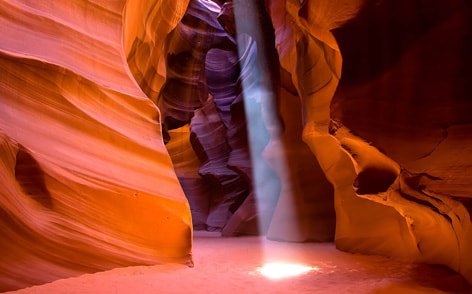
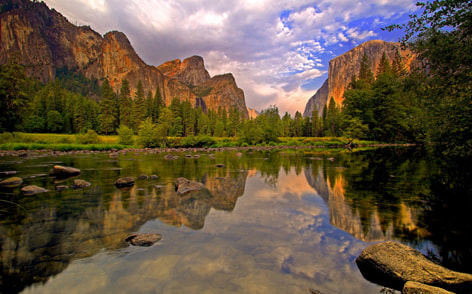
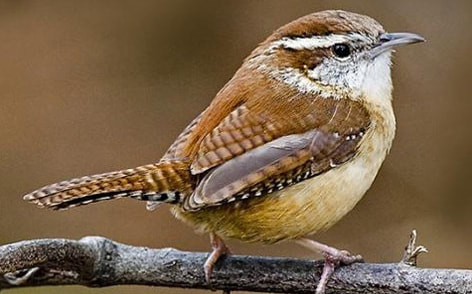
 RSS Feed
RSS Feed